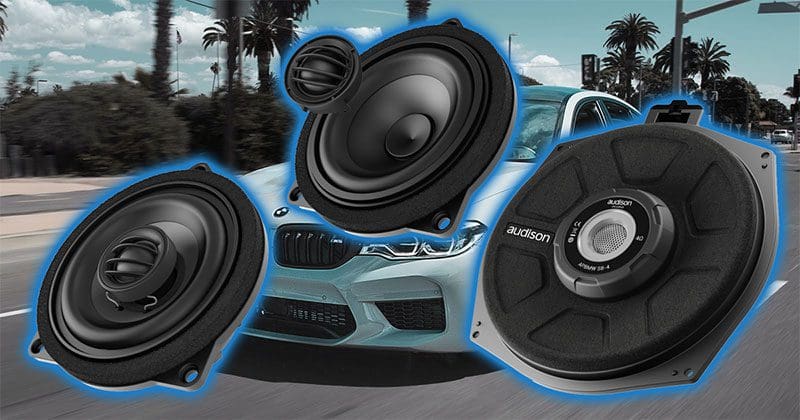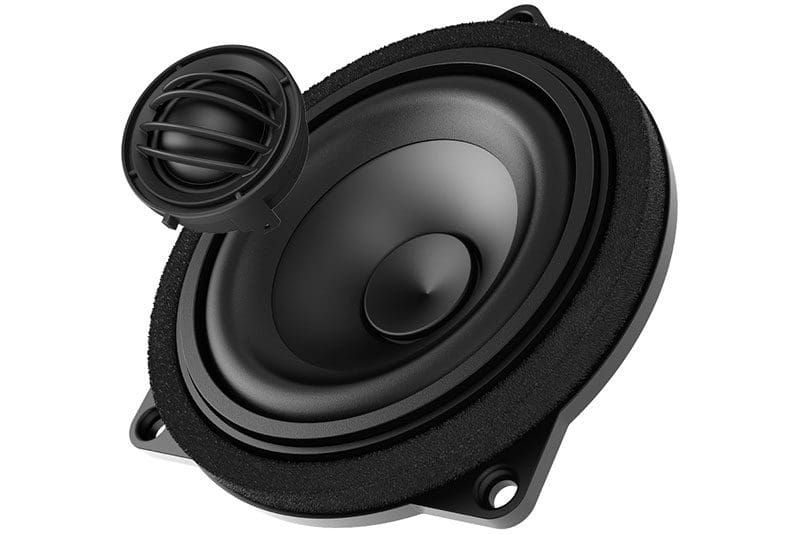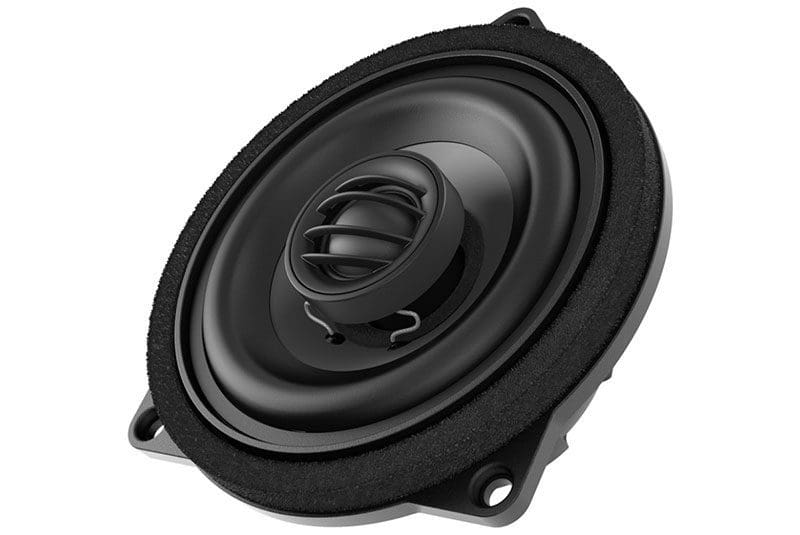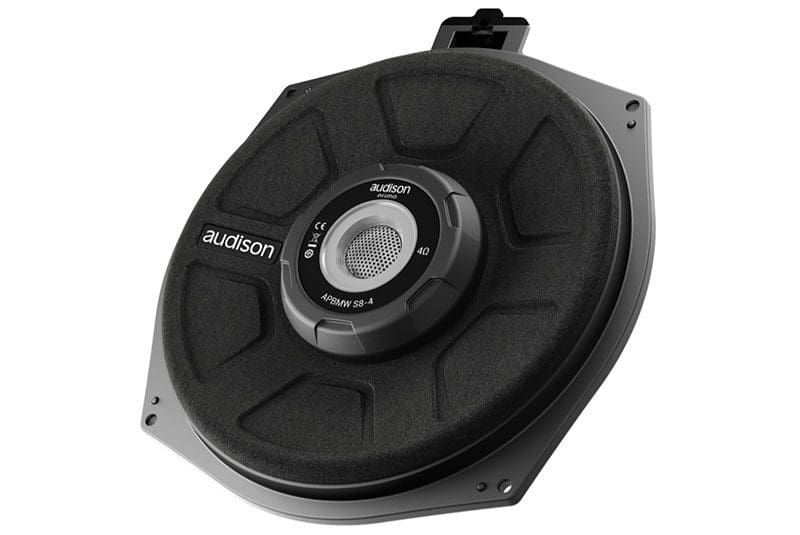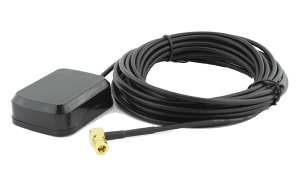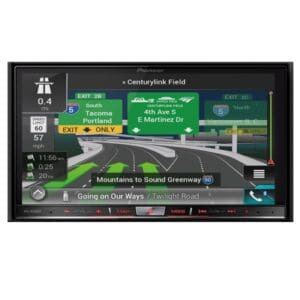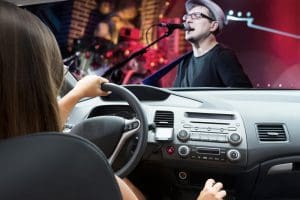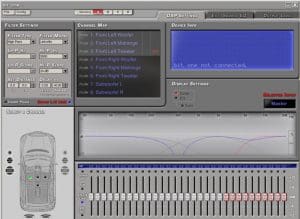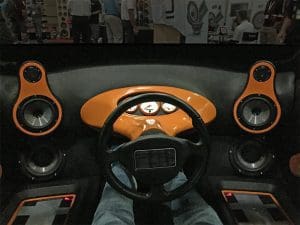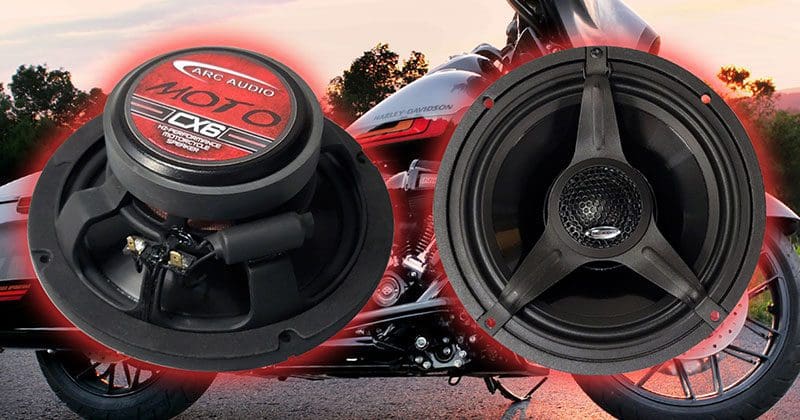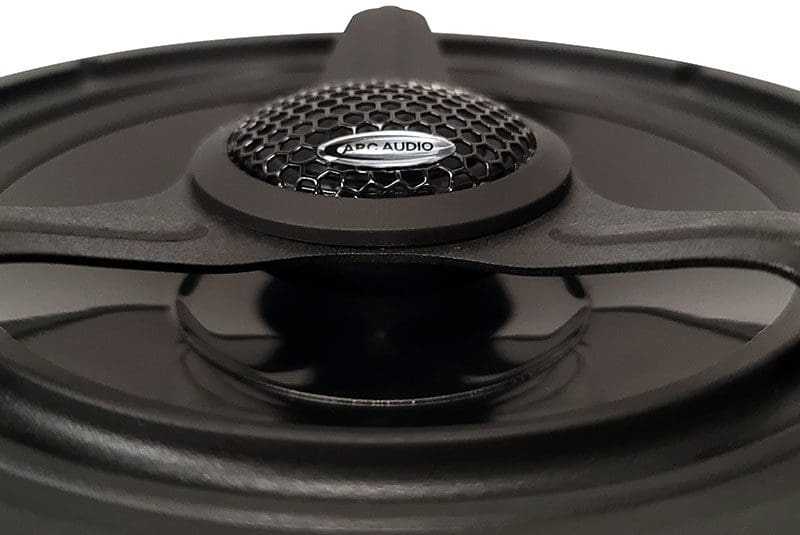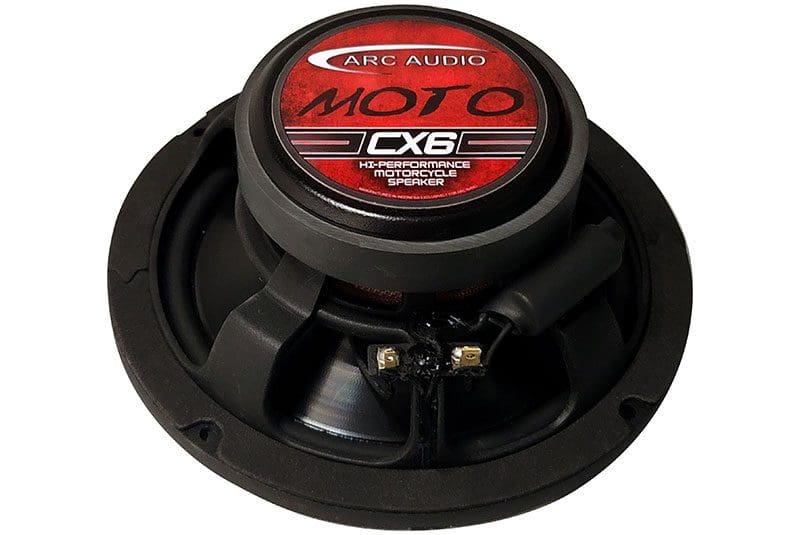When it comes to bang-for-your-buck car audio receiver upgrades, the Sony XAV-AX5600 offers amazing value and performance. This double-DIN multimedia unit is based around a 6.95-inch capacitive touch display. In addition, it includes Apple CarPlay and Android Auto smartphone integration and support for playback of most of your digital media files. Best of all, the radio is easy to use and looks great in the dash of your car, truck or SUV.
Easy to Use and Looks Great!
Above everything else, the XAV-AX5600 radio features an intuitive interface and lightning-fast response to your input. Whether you want to access the tuner to listen to the news or your favorite radio station, stream audio from your smartphone using Bluetooth or play files from a USB memory stick, all the sources are quickly accessible from the main menu screen.
The XAV-AX5600 features two USB jacks on the rear of the chassis. USB1 is the primary connection to your smartphone for CarPlay and Android Auto integration. These technologies let you use simple voice commands to send text messages, make phone calls, get navigation directions or choose the entertainment options you want. The radio uses Bluetooth 3.0+EDR and includes A2DP with AVCRP, HFP and PBAP profiles to listen to music and place phone calls easily and intuitively. In addition, Sony includes an external microphone that your installer can mount in the center of your vehicle to deliver crystal-clear outgoing audio during Bluetooth calls and accurate responses to voice commands.
You can connect a USB memory stick to either port to play MP3, WMA and FLAC audio files. Playback of WAV and AAC audio along with MPEG-4, WMV, MKV and XviD video files is supported by USB1 exclusively. USB1 is rated for 1.5 amps and USB2 can provide 500 mA in terms of power to charge your phone. FLAC file compatibility is specified for tracks encoded with a bit depth of 24 and a sampling rate of 48 kHz.
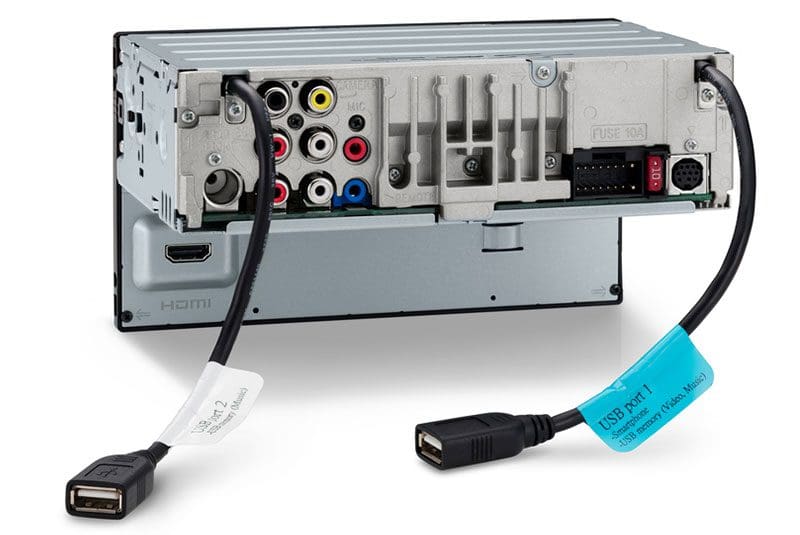
From an audio feature standpoint, the XAV-AX5600 includes a 20-watt per channel, four-channel amplifier along with front, rear and subwoofer RCA outputs. Each preamp output is rated to provide up to 5 volts of signal so your installer can keep the gains on your amps down. High-pass crossovers adjustable to 50, 60, 80, 100 or 120 Hz are available from the deck power and front/rear preamp outputs. The subwoofer output has an adjustable low-pass crossover with the same frequency options and an output level control that is easily accessible from the equalizer menu. Speaking of equalization, the radio includes a 10-band equalizer as well as Sony’s Extra Bass and Digital Soundstage Organizer (DSO) processing to help make your audio system sound amazing. The EQ has adjustment bands at 32 Hz, 63 Hz, 125 Hz, 250 Hz, 500 Hz, 1 khz, 2 khz, 4 kHz, 8 kHz and 16 kHz to tame peaks and valleys in the response of the audio system.
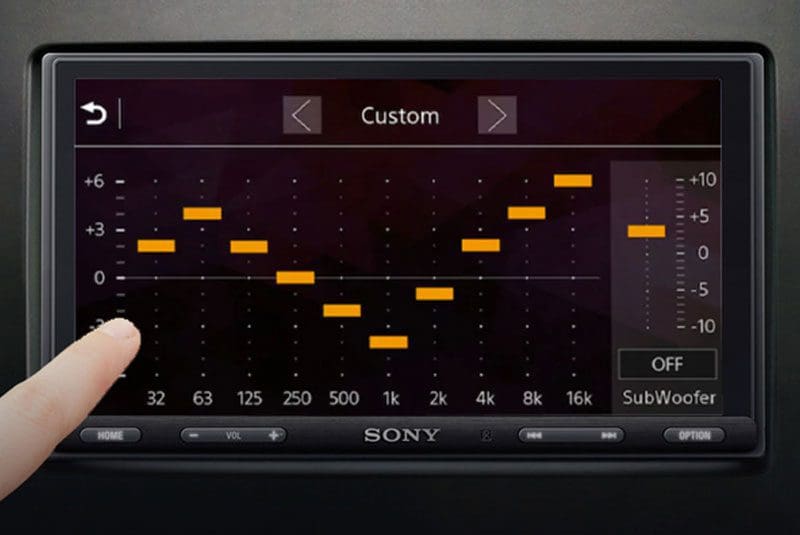
Expansion Options Add Entertainment and Safety
A new feature from Sony for 2021 is the inclusion of an HDMI input on the back of the screen under the chassis. That way, when your vehicle is parked, you can play movies or video from a laptop, camera or game system right into the radio. Your car audio retailer can also add an SXV300 SiriusXM satellite radio tuner to the system so you can enjoy genre-specific content almost anywhere in North America without interruption. Another connectivity option is Weblink. You can connect your smartphone and mirror compatible apps from your device right to the screen of the radio.
The radio includes a dedicated video input for an optional backup camera. The camera image will display automatically when the vehicle is put in reverse. Sony includes customizable guidelines to help you back into a spot safely. If you’re towing a trailer, you can bring up the camera video feed any time (assuming your camera is powered) to ensure that everything is safe and secure.
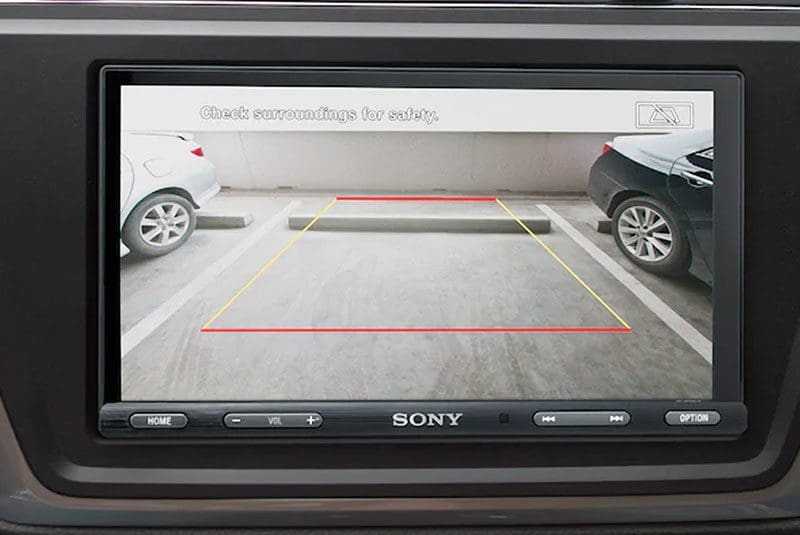
Amazing Integration and Installer-Friendly Design
The radio’s chassis is designed for double-DIN mounting locations, but the body of the radio is only a single-DIN, shallow-mount unit. This unique design gives your installer extra room for interface modules and wiring. The radio includes a steering wheel control interface jack that works with optional modules from iDataLink, PAC, Axxess and Scosche. The radio includes inputs for illumination dimming, a reverse trigger input for the backup camera and a parking brake input for video lockout while driving. Sony includes a remote turn-on output for external amplifiers.
As we mentioned, the 6.95-inch display features a capacitive-touch interface that helps deliver excellent brightness and contrast. Sony has a bezel-less front fascia that makes the XAV-AX5600 look as if it came with your vehicle right from the assembly line. The control panel with the six hard buttons protrudes slightly from the face, and the white backlighting looks elegant in any vehicle. Adjustable illumination brightness allows you to match the intensity of other dash lighting, and has independent brightness settings for when the vehicle lights are on and off.
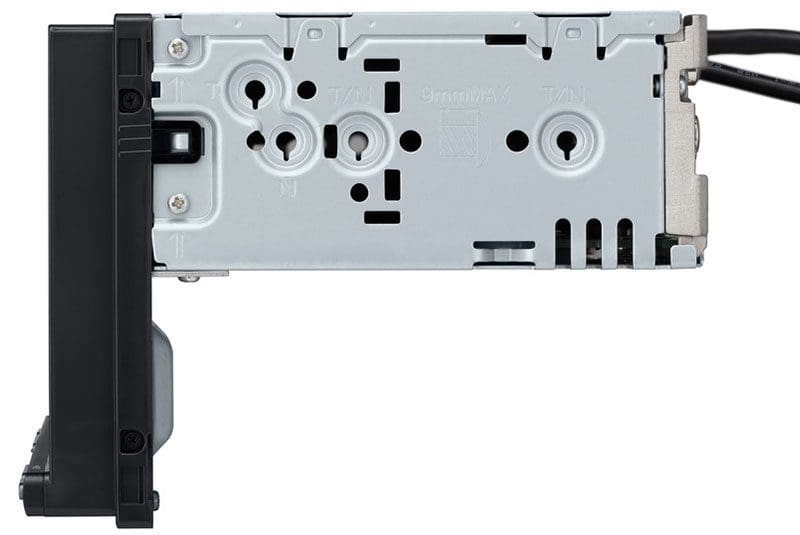
Upgrade Your Drive with the Sony XAV-AX5600
If the technology in your car or truck isn’t state of the art, drop by your local authorized Sony car audio retailer and ask for a demonstration of the new XAV-AX5600. With a suggested retail price of $499.99 US/$649.99 CDN and a complete set of smartphone integration and entertainment features, this radio is a value that’s hard to beat. You can learn more about Sony Car Audio products by visiting their website, their Facebook page and their Instagram feed.
This article is written and produced by the team at www.BestCarAudio.com. Reproduction or use of any kind is prohibited without the express written permission of 1sixty8 media.

